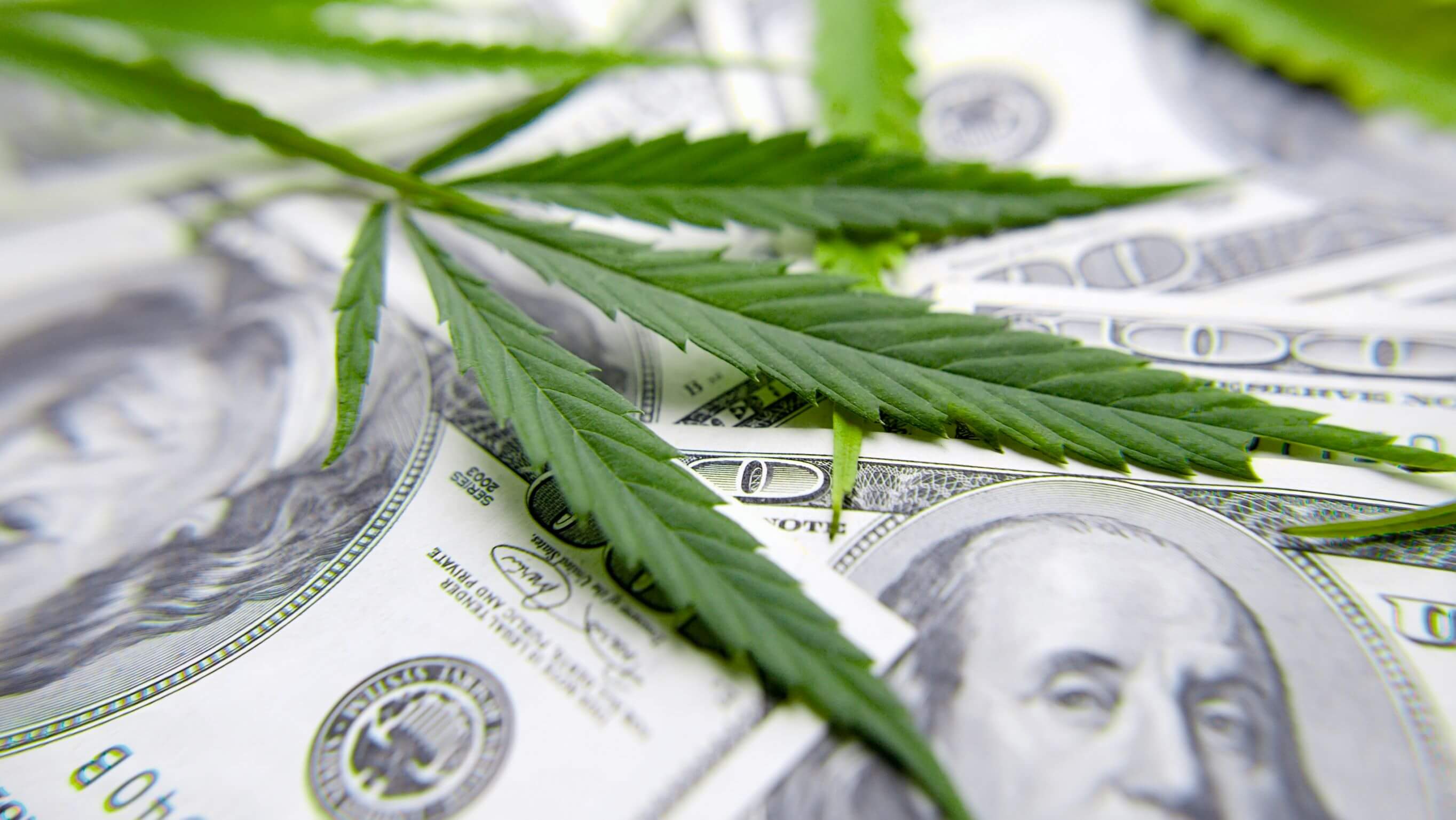Resources
Colorado state tax revenue from the legal cannabis industry surpassed $2 billion in January and the state has collected more than $88.7 million in fees.
In addition to state and local taxes and fees, cannabis businesses have an effective federal tax rate of about 70% – compared to about 26% for other businesses.
Did you know Colorado legal cannabis dispensary owners are unable to deduct normal business expenses like payroll and rent from their federal income taxes?
Marijuana has contributed over $320 Million dollars to Building Excellent Schools Today (B.E.S.T.), making up about 25% of the program's entire budget.
In FY 21-22 alone, nearly $15.3 million in state cannabis dollars went to state Affordable Housing Grant and Loans.
The Marijuana Tax Cash Fund collected $188.8 Million in FY 2021-22 alone.
In FY 21-22 alone, nearly $15 million in cannabis dollars went to the School Health Professional Grant program.
More than $15 million in cannabis dollars went to substance abuse treatment in FY 21-22.
More than $1.6 million cannabis dollars went to the Tony Grampsas Youth Services Program in FY 21-22.
Voters in 59 of 64 Colorado counties voted no on Proposition 119 sending a clear message against raising taxes on cannabis consumers.
Unlike other legalized substances, the marijuana industry has a 97% compliance rate for unauthorized sales.
Unlike alcohol, research has proven you can only get “so high.” Cannabinoid receptors in your brain eventually prevent the body from getting further intoxicated.
Did you know? Since legalization in 2005, teen use in Colorado has remained flat and is below the national average.
According to a recent poll by the Pew Research Center, more than 90% of Americans think cannabis use should be legal.
Did you know? MIG represents more than 400 cannabis business licenses across the state.
A 2021 study found that medical cannabis use was associated with clinical improvements in pain, function, and quality of life with reductions in prescription drug use.
Founded in 2010, MIG is the oldest and largest trade association for licensed cannabis businesses.
Colorado’s marijuana model has become the example for all other regulated cannabis states, and MIG works directly with policy makers to ensure that Colorado’s program is fair, tightly regulated, safe, and successful.
Safe Sales: Every marijuana sale in CO takes place on camera and requires multiple ID checks.
All regulated marijuana in Colorado is tracked from “seed to sale,” with oversight from the Marijuana Enforcement Division.
Established in 2010, MIG has led legislation for child resistant packaging, customer safety resources, and purchase restrictions for 18-20 year olds.
Marijuana is taxed at both state and local levels. This year Aurora built a new $34 Million dollar rec center, fully funded by local marijuana taxes.
The marijuana industry suffers from unfair Federal tax rules, which means that MIG members’ effective tax rates are around 71%.
A 2019 study showed that crime does not increase with legalization.
Conditions for medical marijuana
Cancer - Glaucoma - HIV or AIDS - Cachexia - Persistent muscle spasms - Seizures - Severe nausea - Any condition for which a physician could prescribe an opioid - Autism Spectrum Disorder - Severe pain - PTSD
Most marijuana businesses have access to banks, but because marijuana is still federally illegal, businesses are unable to access merchant processing services such as VISA or Mastercard.
Consuming higher potency marijuana does not lead to higher levels of impairment.
-- Journal of the American Medical Association (JAMA) 2020
71% of Colorado voters favor marijuana legalization. This has increased 10 points in the last four years alone.
Colorado's cannabis sales continue to slide
MIG In The News
Colorado's cannabis sales continue to slide
Mark Samuelson Special to The Denver Gazette
With inflation skyrocketing, Coloradans are curbing their retail purchases of cannabis, according to tax data released by the state on Tuesday.
That’s particularly true of medical marijuana sales, according to monthly tallies by the Colorado Department of Revenue. Medical marijuana revenue for May was $20,742,830, almost a 44% drop from a year ago.
Recreational pot sales were off as well, $127,061,610 in May, down 19% from the year before. Total statewide cannabis sales in May were $147,804,440, a 24% drop from May 2021.
“It’s the question of the year,” says cannabis market expert Paul Seaborn, who in 2014 published one of the first marijuana business case studies while he was at the University of Denver’s Daniels College of Business.
“It’s a novelty, because I remember when Colorado was setting a new sales record every year,” says Seaborn, who now is at University of Virginia’s McIntire School of Commerce.
“There was a national mini-boom in cannabis sales during COVID, and now maybe we’re seeing a reverse of that trend,” he added.
Meanwhile, other jurisdictions have loosened regulations on sales, particularly on medical marijuana, just as Colorado’s market is coming to grips with House Bill 21-1317, which was passed into law a year ago and adds restrictions to the requirements for obtaining a medical marijuana card.
In Washington, D.C., prospective users can now self-test to gain access to medical pot products, Seaborn says. Virginia has loosened restrictions, while Oklahoma has become a particularly open market, he says.
MIG, the Colorado marijuana industry group, is once again warning about the dangers to tax revenues for public services ranging from affordable housing to education that will likely be affected by declining marijuana sales.
“Ever-increasing taxes and burdensome regulations continue to push the industry to the brink and decrease revenue for critical programs,” the trade group said in a release shortly after the tax report came out.
Drop-offs in drug demand have a historical basis, said drug historian Emily Dufton, author of "Grass Roots: The Rise and Fall and Rise of Marijuana in America" (Basic Books, 2017). From its rising tide in the early 1960s in California, the legalization movement crested in the late 1970s, but saw a drop-off as concerns rose about use by minors, culminating in the Just Say No movement.
Dufton says her recent interviews with high school and college students suggest that legalization, while making the drug less accessible to kids, has taken away some of cannabis’ forbidden cache.
“College students say it’s boring,” she says.
The sharp drop in medical sales is stunning, but not completely surprising, Dufton says. Patients have often felt turned away from the medical marketplace, finding recreational dispensaries to be cheaper, she says.
Additional Info
Related Links : https://denvergazette.com/premium/colorados-cannabis-sales-continue-to-slide/article_76fb4954-02e0-11ed-ac6a-3b096e3e1170.html?utm_source=dg-am-newsle








